The Spix’s Macaws
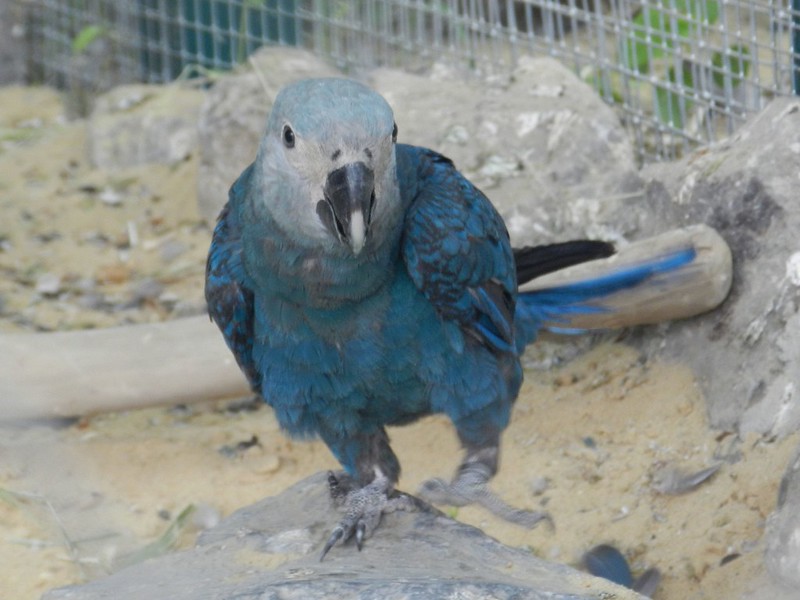
Imagine a bird so rare, it became a myth in its own lifetime. The Spix’s Macaw, also known as the “Little Blue Macaw,” was declared extinct in the wild by 2000, yet somehow kept surfacing in black-market whispers and velvet-lined cages. Native to Brazil and heartbreakingly beautiful, this sky-blue marvel was driven out by habitat loss—and snatched up by collectors like a vanishing sapphire. Private breeders kept secret colonies, trading them like priceless relics. It’s the bird equivalent of owning a stolen Monet—beautiful, illegal, and soaked in guilt.
And yes, smugglers have gone full James Bond with this one: helicopters, decoys, and even bird-forgeries are all part of the chaos. Conservationists have had to play detective, tracing bloodlines and whisper networks to locate the few survivors. Every sighting sparks a flurry of emotion—hope, outrage, and fierce debate. The Spix’s Macaw isn’t just a bird anymore; it’s a symbol, a ghost, and a question: How far will people go for beauty?
Red-Vented Cockatoos
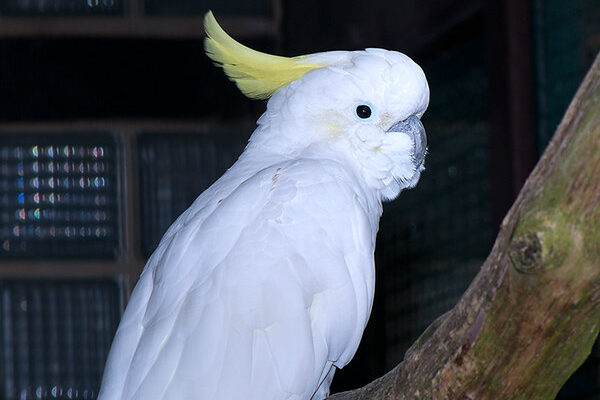
This bird has all the drama of a telenovela heroine—loud, glamorous, endangered, and always in trouble. The Red-Vented Cockatoo, native to the Philippines, has a flair for attention. It screams like it just stubbed its toe and has a crest that pops like it’s throwing shade. With fewer than 1,000 in the wild, every one is a jackpot for traffickers. You’d think hiding a big, loud bird would be hard. Not for these smugglers—these cockatoos have been found hidden in boxes of cereal, PVC pipes, and, disturbingly often, down someone’s pants.
Their mimicry makes them irresistible to collectors, who are basically paying top dollar for feathered drama queens. Some even learn to sing popular songs, turning them into living novelties. The tragedy? Many of them never survive the smuggling process. For all their color and character, they’re fragile at heart—loud souls in frail cages.
African Grey Parrots
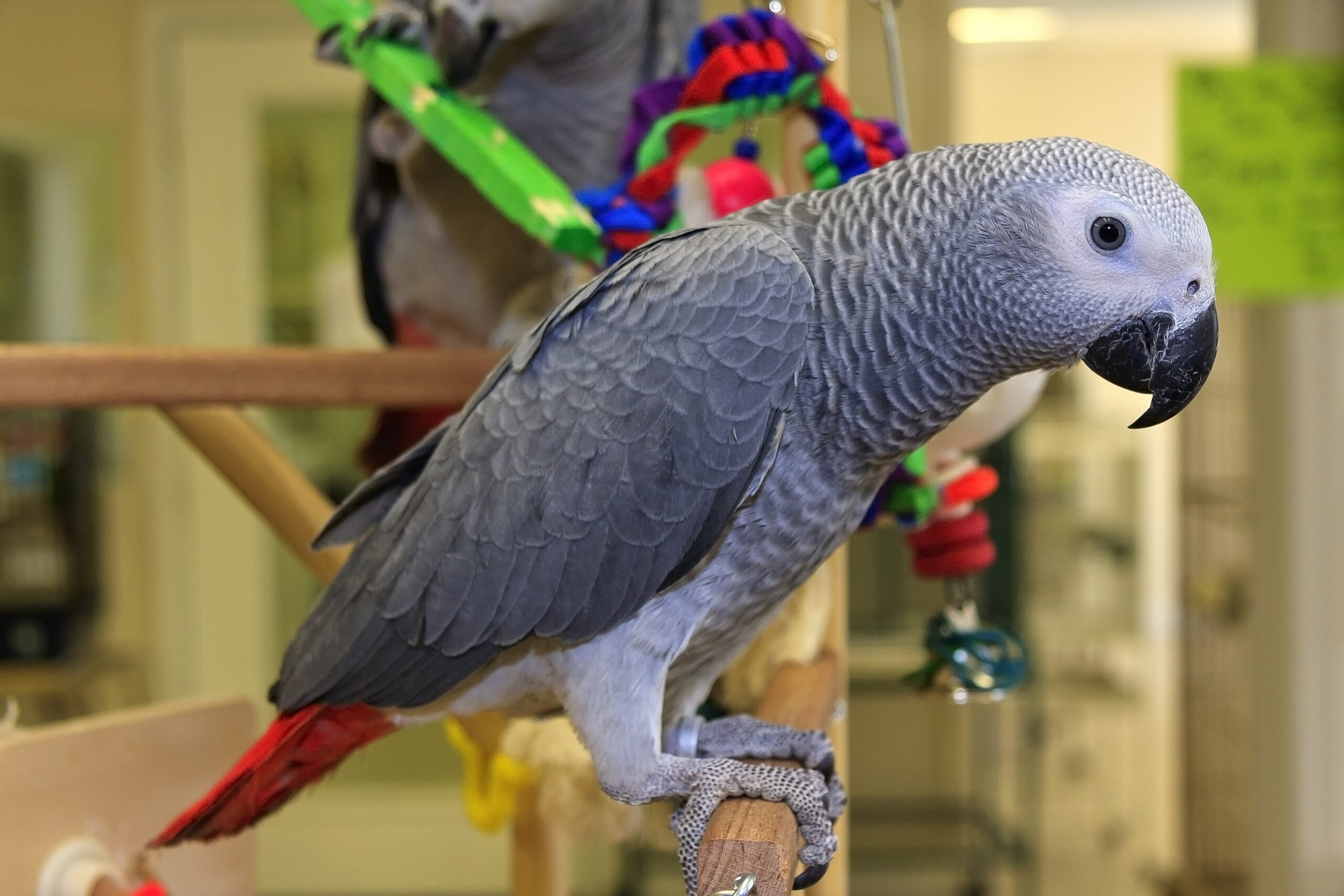
Don’t be fooled by the name—there’s nothing “grey” about the drama surrounding this bird. The African Grey Parrot is a brainiac with a beak. It can mimic over 200 words, remember faces, and even tell jokes. Sounds adorable, right? Unfortunately, that’s exactly why they’re being hunted into oblivion. Traffickers use decoys, fake documents, and forged permits to move these talkative beauties across borders.
In some parts of West Africa, entire forests are going eerily silent as thousands are plucked from their homes. These parrots form deep emotional bonds, and separation often leads to stress-induced plucking or death. Imagine being that smart, that social—and stolen from everything you know. There’s something especially cruel about silencing a creature that learned to speak your language.
Yellow-Eared Parrots
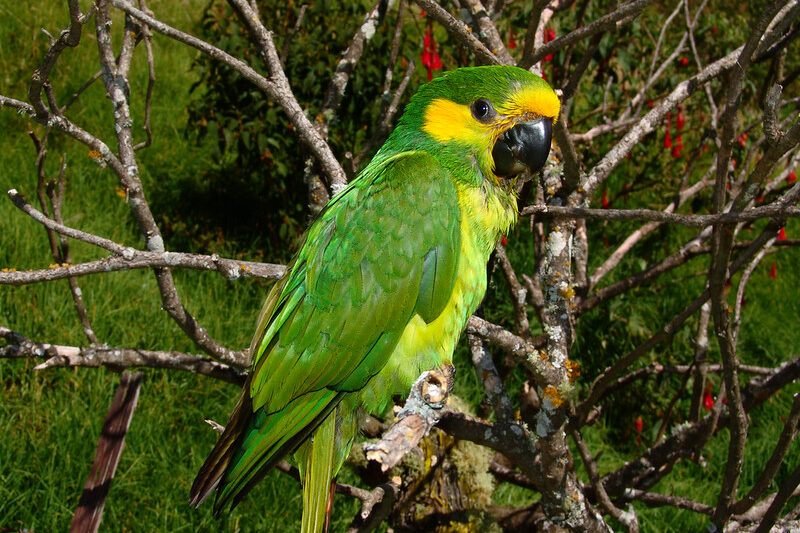
This parrot looks like a highlighter exploded in a rainforest, and it acts like it knows it. With its banana-yellow ears and electric green plumage, the Yellow-Eared Parrot was once thought extinct until a tiny population was rediscovered clinging to the Colombian Andes like a secret society. Because of its rarity and jaw-dropping colors, it became a prime target. Poachers call them “feather gold.” What makes it weirder? They nest in wax palms, trees so rare they might as well be mythical.
So now we’ve got endangered birds nesting in endangered trees—it’s like a tragic Russian nesting doll. Conservationists have launched everything from drone surveillance to community storytelling to protect them. Entire towns have started treating the birds like celebrities—murals, festivals, even mascots. But while some celebrate them, others still hunt them, one neon whisper at a time.
Blue-Banded Pittas
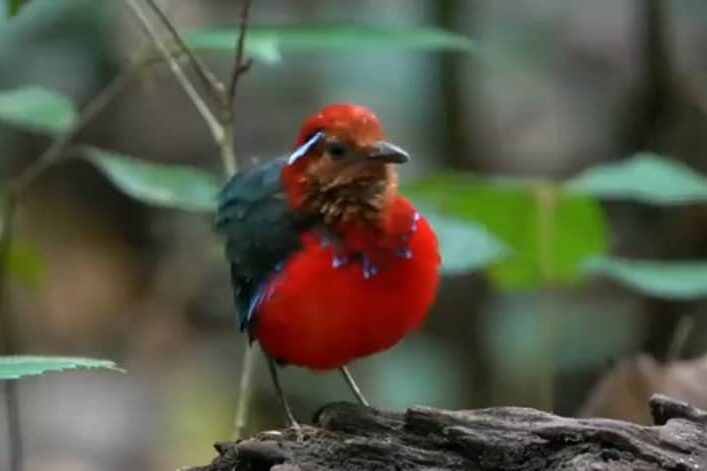
The Blue-Banded Pitta looks like a bird that shouldn’t exist outside a fantasy novel. Native to Indonesia, this shy beauty boasts fiery orange cheeks, sapphire flanks, and a walk that looks like it’s tiptoeing through a dream. It rarely flies, barely makes a sound, and lives so deep in the jungle, even local villagers rarely see it. So how does it end up in elite collections in Paris and Dubai? Enter: advanced audio lures, bird sound piracy, and hyper-specialized hunters who spend weeks tracking a single pitta.
One collector reportedly paid $50,000 for a pair—more than a luxury honeymoon, for two birds that don’t even sing. Many buyers have never seen one in the wild; they rely on shady dealers and whispered deals in backrooms. It’s not just about beauty—it’s about owning what others can’t. These birds are feathered secrets bought and sold like forbidden fruit.
Kakapos
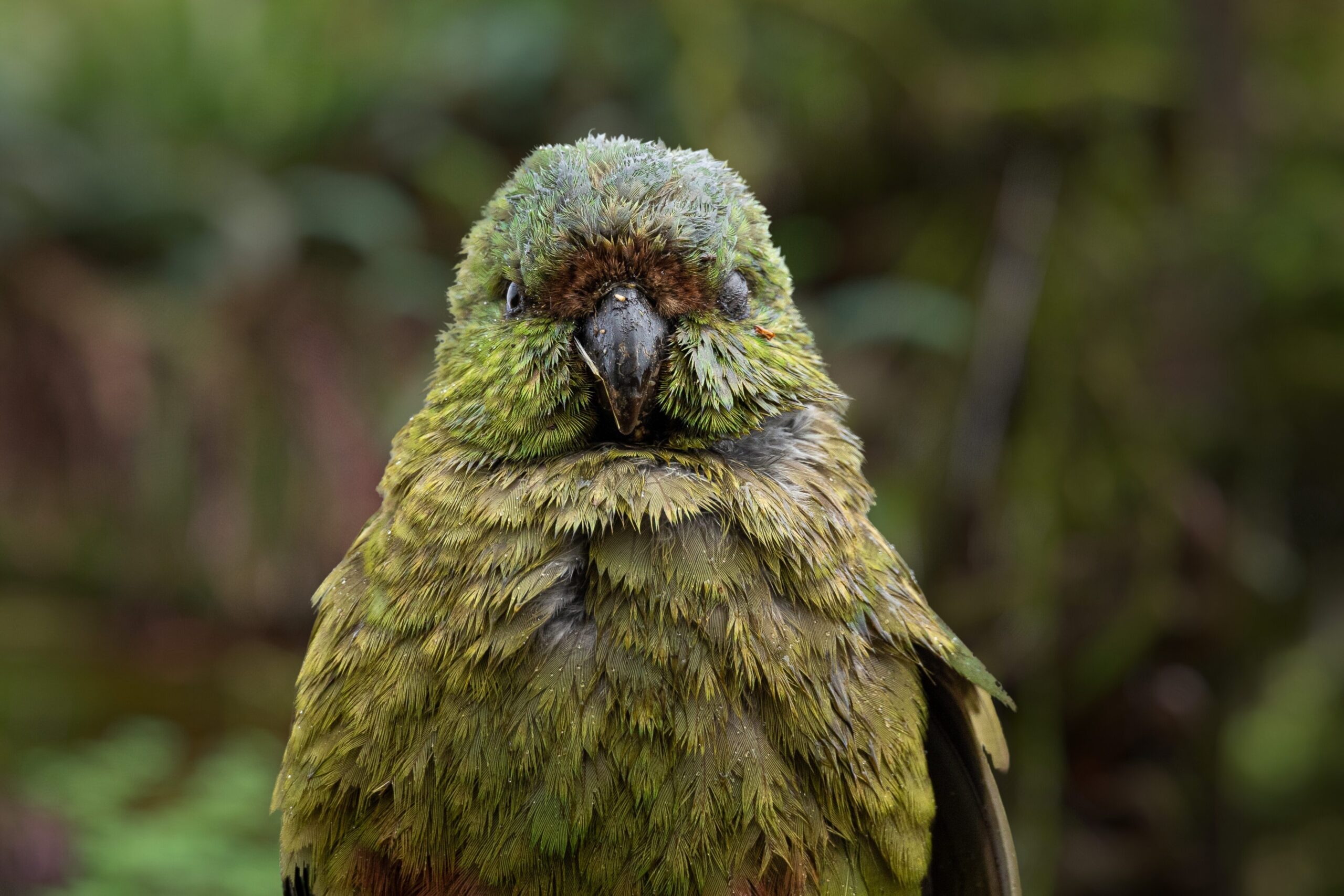
If there’s ever been a parrot that knows how to throw a party, it’s the Kakapo. Native to New Zealand, this flightless marvel is heavy, slow, and—let’s face it—pretty quirky. With its mossy green feathers and owl-like face, it looks like someone’s art project gone wonderfully wrong. But the Kakapo’s real claim to fame is its mating ritual, which involves singing, dancing, and—believe it or not—producing a sweet, musky scent. Yes, a parrot with its own perfume line. Nature can be weird.
Sadly, this eccentric bird has a tragic side. The Kakapo population is down to just 200 birds, thanks to predation by introduced species like rats and stoats. But instead of giving up, these parrots have made the world their own bizarre stage. Researchers and conservationists now micromanage their every move. They’re practically treated like royalty—complete with bodyguards, 24/7 surveillance, and matchmaking sessions.
Philippine Eagles
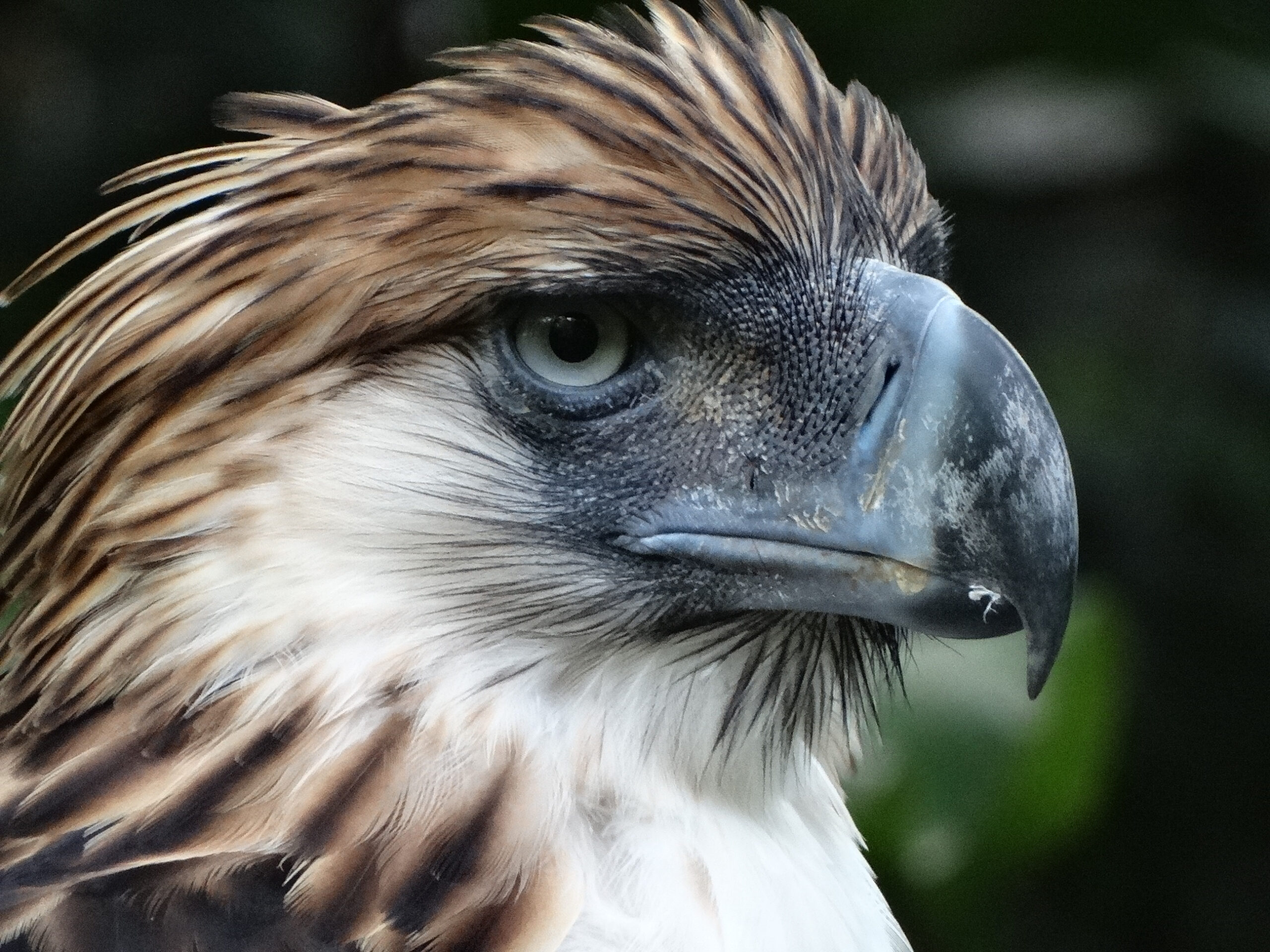
Standing tall and proud, the Philippine Eagle is a force of nature in the avian world. Sporting a wild, feathered crest and wings as broad as a plane, this eagle isn’t just rare—it’s an icon. With fewer than 400 left in the wild, it’s the ultimate prize in the black market trade. But the Philippine Eagle doesn’t just symbolize wild beauty—it embodies the country’s national spirit. It’s a living symbol of strength, determination, and resilience. Too bad not everyone sees it that way.
As with many of the world’s rarest creatures, the eagle’s beauty has made it a target. Hunters capture these majestic birds, sending them across borders to meet private collectors, who treat them like prized art pieces. In fact, some collectors have even been known to build custom aviaries designed for a single bird, as if it were a statue. The dark truth? Many of these majestic creatures die in captivity, with their wings clipped and spirits broken. Every eagle stolen is one less symbol of pride for a nation that can’t afford to lose them.
Scarlet Macaws
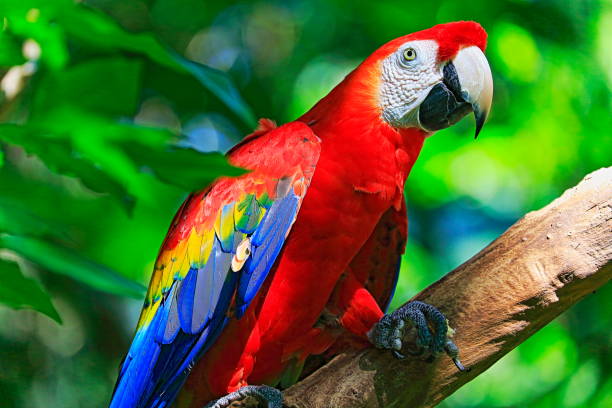
The Scarlet Macaw is like an explosion of color in the rainforest. With feathers that look like they were painted by a mad artist, this bird’s striking reds, blues, and yellows are unforgettable. While their natural beauty is enough to turn heads, it’s their charm and intelligence that have led them down a dark path. Scarlet Macaws, often poached for the exotic pet trade, have become living symbols of human greed. Their vivid hues don’t just light up jungles—they also light up black-market auction sites.
Collectors pay top dollar for these high-maintenance birds, sometimes offering more money than they would for a luxury car. The sad reality is that many Macaws sold in illegal trades are captured when they’re just babies. Without their parents, they’re vulnerable, weak, and often die in transit. The loveable character of these birds is what makes them so sought-after, yet it’s also what makes their journey through the black market so tragic.
Harpy Eagles
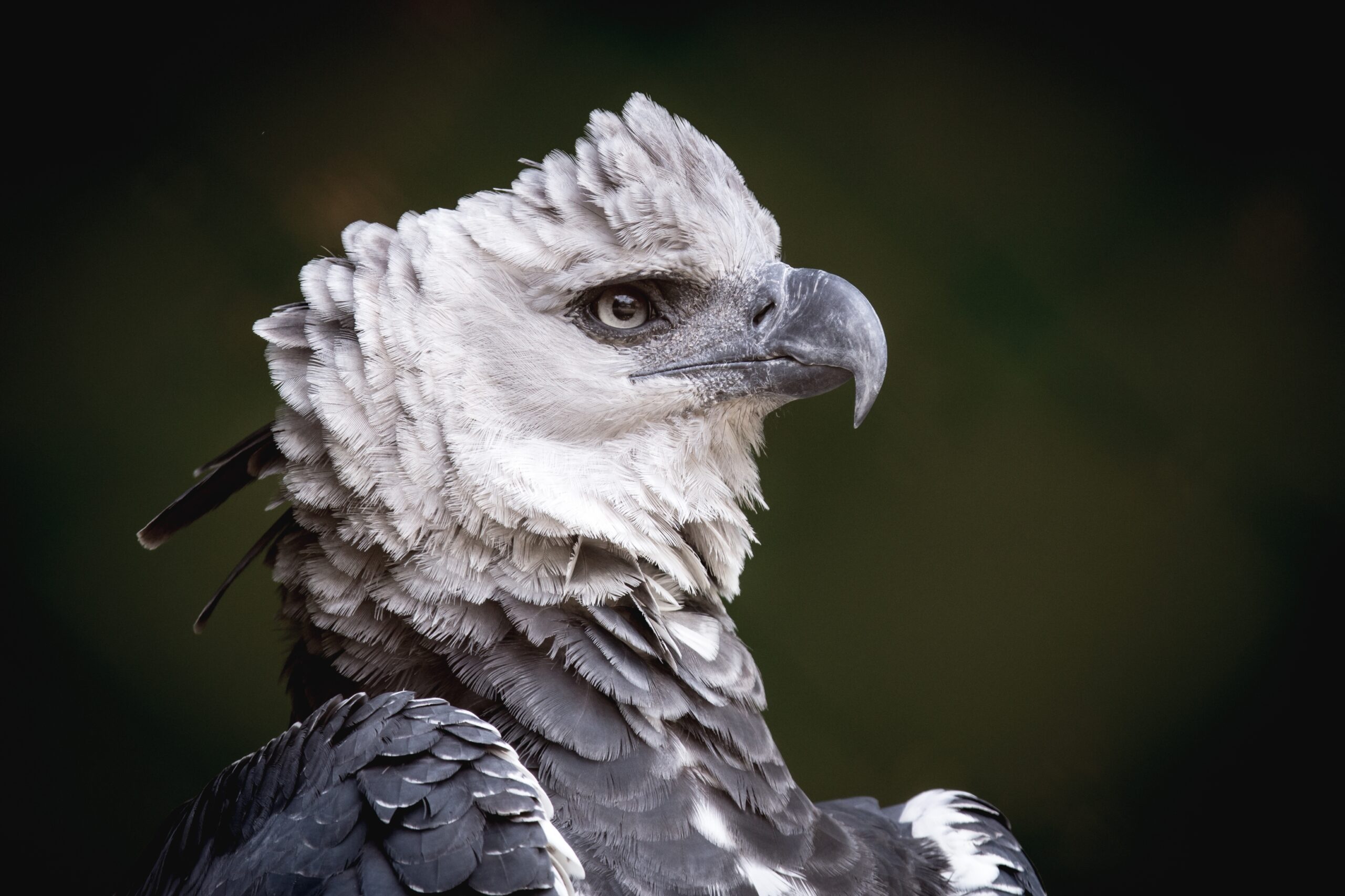
When you look at the Harpy Eagle, it’s hard not to feel like you’re staring at a creature straight out of a mythology book. Its sharp talons, imposing beak, and impressive crest make it one of the most terrifyingly beautiful birds on the planet. Native to the tropical rainforests of Central and South America, this apex predator is not one to be messed with. Yet, despite its strength, it faces a major threat: illegal trafficking. The Harpy Eagle’s feathers are coveted for rituals, and its intimidating presence has earned it a spot in the trophy rooms of the ultra-wealthy.
But what makes the Harpy Eagle even more fascinating is its parental devotion. The females are so fiercely protective of their young that they’ve been known to attack anyone who comes too close. Smugglers targeting this majestic bird must navigate dense jungle terrain and avoid a very angry momma eagle. Yet, despite these risks, these birds end up in captivity—less predator, more prisoner. Tragically, the Harpy Eagle is yet another victim of human desire for the wild and untamed.


